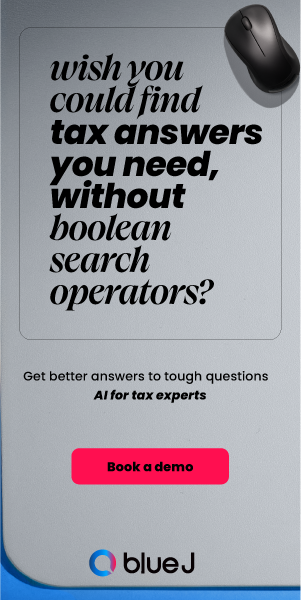Driving the best possible bargain now isn’t the best long-term strategy, according to game theory

Negotiating a new deal? New research suggests that a nonzero-sum game strategic approach to negotiating may produce more value creation in the long run
Editor’s note: Canadian Accountant occasionally publishes articles from outside Canada if the topic addresses an issue or skill set of interest to CPAs.
 |
Kate Vitasek is a professor of supply chain management at the University of Tennessee. |
CONVENTIONAL wisdom says that you should never leave money on the table when negotiating. But research in my field suggests this could be exactly the wrong approach.
There’s mounting evidence that a short-term win at the bargaining table can mean a loss in terms of overall trust and cooperation. That can leave everyone – including the “winner” – worse off.
As a former executive, I’ve managed large contracts as both a buyer and a seller. Now, as a business professor, I study these trading partner relationships, exploring what works in practice. My work supports what economic theorists and social scientists have been arguing for years: The best results come when people collaborate to create long-term value instead of fighting for short-term wins.
What game are you playing?
Research into art, science and practice of collaborative approaches dates back to the 1940s when the mathematician John von Neumann and economist Oskar Morgenstern used mathematical analysis to model competition and cooperation in living things.
Interest in collaborative approaches grew when researchers John Nash, John C. Harsanyi and Reinhard Selten won a Nobel Memorial Prize in Economic Sciences in 1994. Their work inspired academics around the world to delve deeper into what’s known as game theory.
Game theory is the study of the outcome of strategic interactions among decision makers. By using rigorous statistical methods, researchers can model what happens when people choose to cooperate or choose to take an aggressive, power-based approach to negotiation.
Many business leaders are taught strategies focusing on using their power and playing to win — often at the other party’s expense. In game theory, this is known as a zero-sum game, and it’s an easy trap to fall into.
Kate Vitasek lays out five rules for developing a value creation strategy.
But not every game has a clear winner or loser. In economics, a win-win game is called a nonzero-sum game. In this sort of situation, people aren’t fighting over whose slice of a pie will be larger. They’re working to grow the pie for everyone.
A second dimension of game theory is whether people are playing a one-shot or a repeated game. Think of a one-shot game as like going to the flea market: You probably won’t see your trading partner again, so if you’re a jerk to them, the risk of facing the consequences is low.
An interesting twist uncovered by studying repeated games is that when one party uses their power in a negotiation, it creates the urge for the other party to retaliate.
The University of Michigan’s Robert Axelrod, a mathematician turned game theorist, coined this a “tit-for-tat” strategy. His research, perhaps best known in the book “The Evolution of Cooperation,” uses statistics to show that when individuals cooperate, they come out better than when they don’t.
The case for leaving money on the table
Another Nobel laureate, American economist Oliver Williamson, has offered negotiating advice that most would call a paradigm shift — and some, a heresy.
That advice? Always leave money on the table — especially when you’ll be returning to the same “game” again. Why? According to Williamson, it sends a powerful signal of trustworthiness and credibility to one’s negotiating partner when someone consciously chooses to cooperate and build trust.
The opposite approach leads to lost trust and what the Nobel laureate economist Oliver Hart calls “shading.” This is a retaliatory behavior that happens when a party isn’t getting the outcome it expected from a deal and feels the other party is to blame.
Simply put, noncollaborative approaches causes distrust and create friction, which adds transaction costs and inefficiencies.
The million-dollar question is whether collaborative approaches work in practice. And from my vantage point as a scholar, the answer is yes. In fields as diverse as health care to high-tech, I see growing real-world evidence backing up the insights of game theory.
The lessons are simple yet profound: Playing a game together to achieve mutual interests is better than playing exclusively with self-interest in mind.
Kate Vitasek is a professor of supply chain management at the University of Tennessee. Title image: PublicDomainPictures from Pixabay, Author photo: The Conversation. Read the original article with full hyperlinks on The Conversation.









(0) Comments